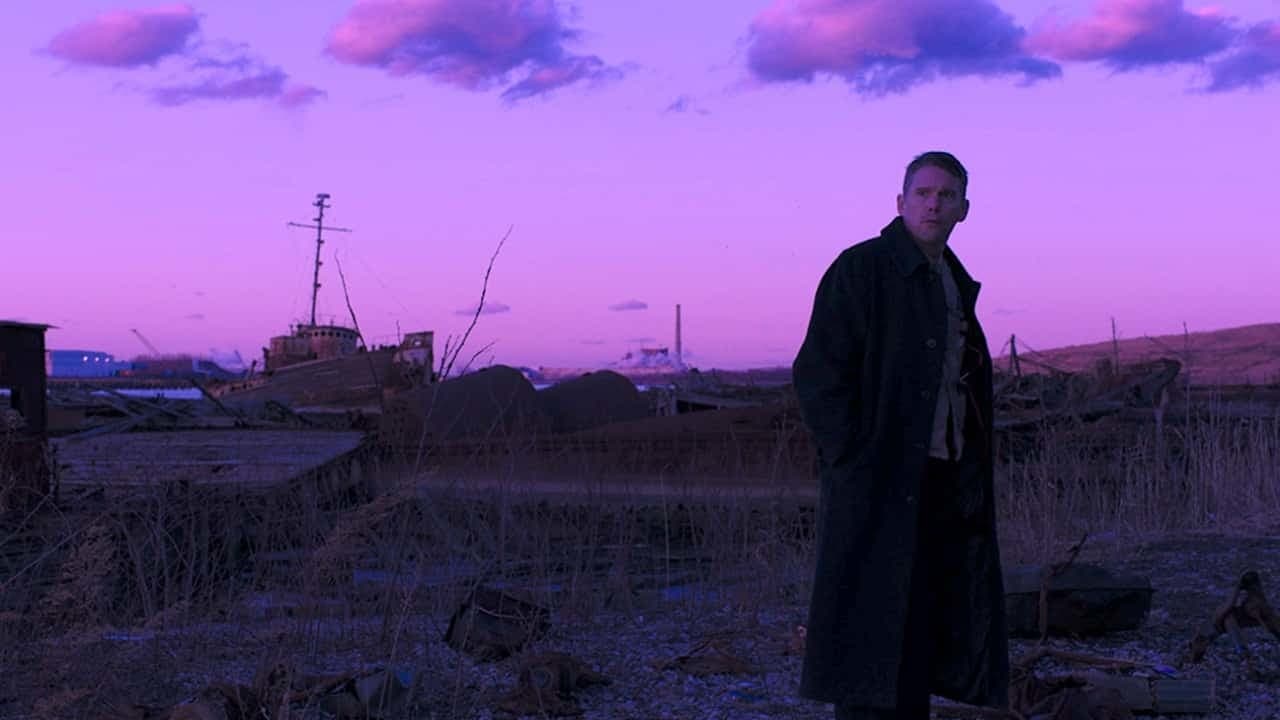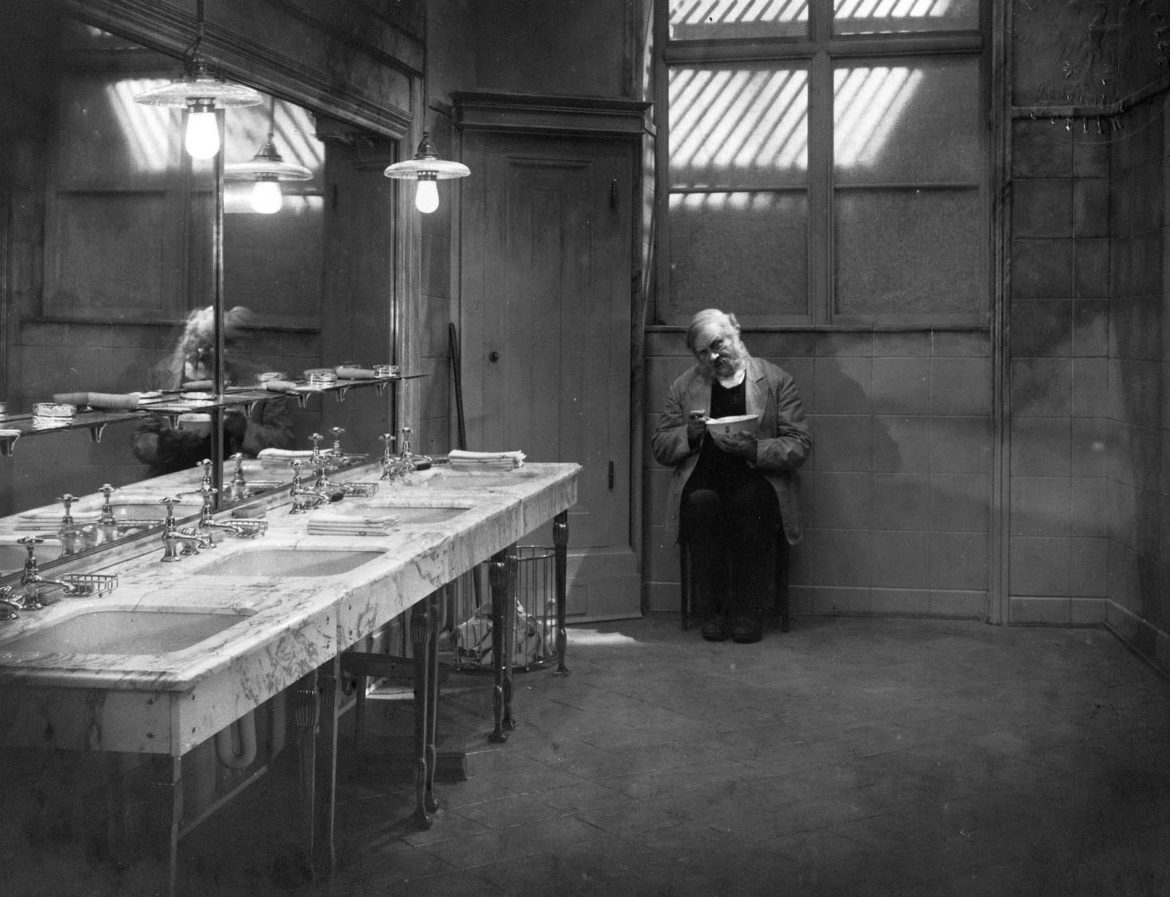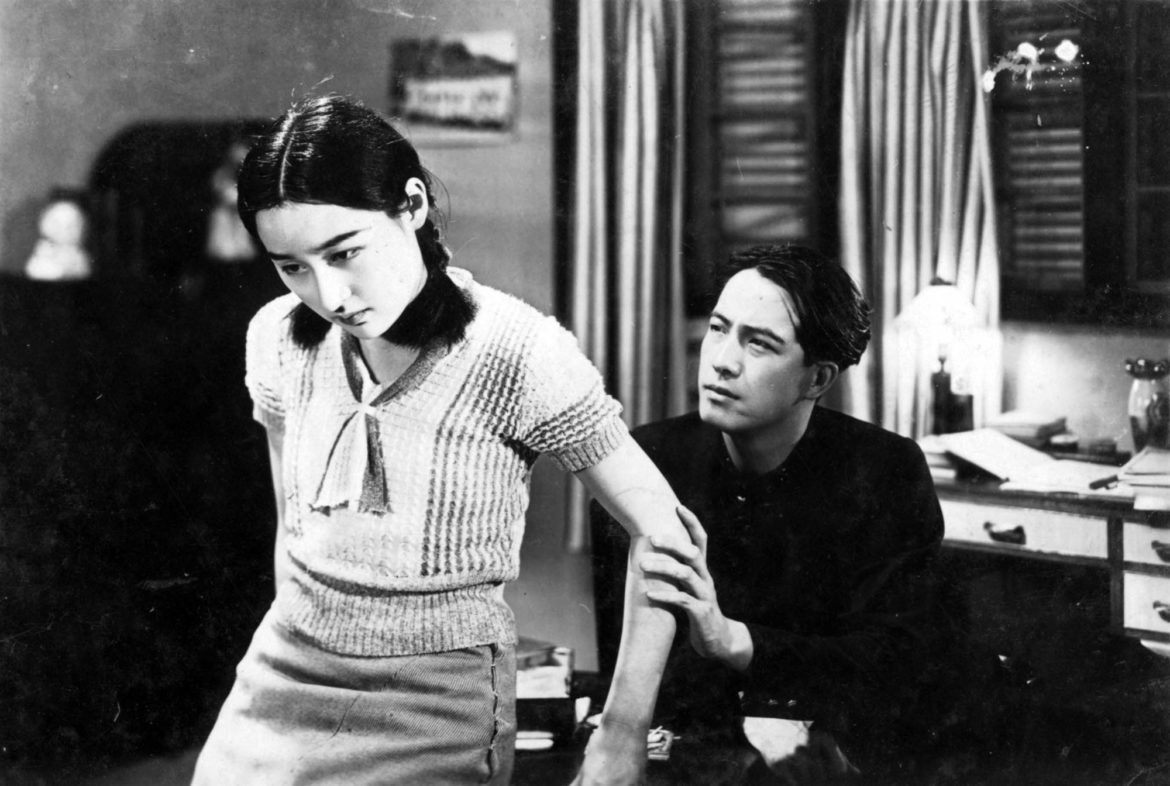One of cinema’s great ironies is that, for all the talk of representation and making the hidden visible, much of its power comes from withholding instead. Certainly this is true of slow cinema, of that poetic tendency which, in his landmark 1972 treatise, Paul Schrader called “the transcendental style in film.”
Yasujiro Ozu
In 1895, so the story goes, Auguste and Louis Lumière premiered their 49-second film The Arrival of a Train at La Ciotat Station, introducing an audience to the new medium of cinema. Panicked filmgoers, unable to distinguish representation from reality, cowered in terror, apparently under the impression they were going to be crushed beneath the locomotive.
In 1928, following the one-two punch of his celebrated U.S.-made releases Faust and Sunrise, and four years after he made The Last Laugh for UFA, the great German director F.W. Murnau predicted that the “films of the future will use more and more of these camera angles, or, as I prefer to call them, these dramatic angles.
Part of an ongoing effort to watch a set of films from non-White, non-U.S., non-male, and/or non-straight filmmakers and depart a little from the Western canon. The intro and full list can be found here.
The camera tracks from left to right through a lower middle-class suburb in Japan, establishing the textures, geography, and architecture of the neighborhood before arriving at two older boys tossing a baseball around in a yard.




